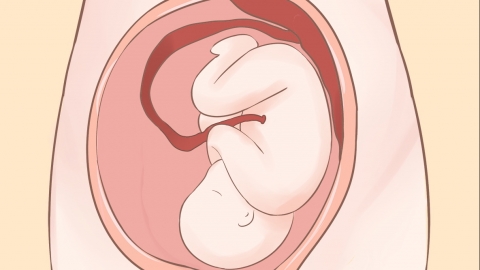What does it mean that the placenta is located on the posterior wall of the uterus?
Under normal circumstances, the placenta is located on the posterior wall of the uterus. This situation refers to the placenta attaching to the back wall of the uterus during pregnancy. A detailed explanation is as follows:

Placental location on the posterior uterine wall means the placenta has attached to the back wall of the uterine body, which is one of the normal placental implantation sites. The uterine wall is divided into the anterior wall, posterior wall, and lateral walls. The placental position is mainly determined by where the fertilized egg implants. As long as it does not cover the internal cervical os, the placental attachment generally will not adversely affect the pregnancy, regardless of which wall it attaches to. This implantation location has no direct relationship with fetal gender or development and is not an indication for cesarean section.
Ultrasound examination should be used during pregnancy to confirm placental position. If a posterior placenta is accompanied by placenta previa, care should be taken to avoid strenuous activity to prevent bleeding. If there are no abnormalities, regular prenatal checkups are sufficient, and no special treatment is required. During delivery, there is no essential difference in the placental expulsion process between a posterior placenta and an anterior placenta, so pregnant women need not experience psychological stress due to this condition.





